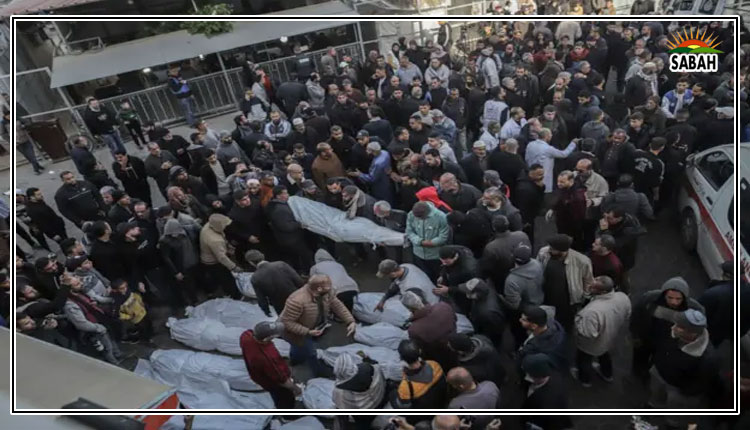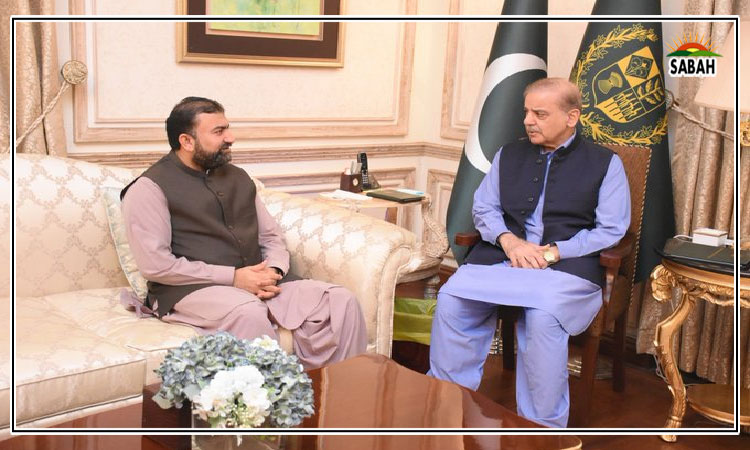Making post-secondary education work for Afghan refugees… Syed Khizar Ali Shah/Dr Javed Iqbal
Pakistan is one of the worlds largest and most protracted refugee contexts. The shrinking of humanitarian space and declining donor funds mean that there are fewer national and international humanitarian actors providing services to Afghans living in Pakistan mostly concentrated in the health, education and livelihoods sectors.
Pakistan has had the largest Afghan community for over 40 years. Pakistan hosted 45 million Afghan migrants between 1979 and 1988. By March 2022, about 1.29 million Afghan refugees were registered. Since 2002, UNHCR reports approximately 5.2 million Afghans returning home. Still, 2.8 million Afghan refugees dwell in Pakistan, with 58% in Khyber-Pakhtunkhwa. About 1.4 million Afghan refugees hold Proof of Registration (POR) Card while 880,000 hold Afghan Citizen Card (ACC). Unregistered Afghan refugees may number 500,000. Pakistans liberal policy permits Afghan refugees to live and work anywhere in the country, excluding government services.
Continued access to quality education is a key requirement in refugee contexts worldwide. According to an IMSciences-GIZ report published recently, Afghan refugees in K-P have satisfactory access to primary schools for girls and boys as no documentation is required to get a child enrolled in school. According to a UNHCR report published in 2017 titled Mapping of Education Facilities and Refugee Enrolment in Main Refugee Hosting Areas and Refugee Villages in Pakistan, Afghan refugees rate government schools better than Afghan schools in terms of basic infrastructure, teacher and staff attitude, and parent participation. They score government schools low based on furniture, playground and enrolment, especially at the upper secondary and university levels.
However, the issues for refugees compound in post-primary education, where both documentation requirements and other associated costs rise up. According to another IMSciences-GIZ report on the Needs Assessment of Urban Refugees, parental disinterest in education has a major factor in low enrolment and eventual dropout rates of Afghan children. Parents see little (monetary) utility in the education of boys and girls alike. In addition, the economic value of child labour is also a consideration. Parents believe that the current educational system cannot lead their boys to be economically successful. Additionally, parents believe that girls contributions to the domestic activities of the household are more important than their education. Parents favour religious education alone to be adequate for girls to live a functional life.
Higher education seems to be a luxury for many impoverished Afghan families, a burden that must be put off until later. They generally avoid spending on higher education for their children. Further, there are not many paths that lead to higher education or professional degrees for young Afghans. Most young Afghans cannot pursue further higher education because they lack the required identity credentials and the equivalency certificates required for admissions. Multiple studies have been conducted regarding barriers to accessing higher education for Afghan refugees in Pakistan by different organisations such as Asia Displacement Solutions Platform, International Research Association for Sustainable Development and Sir Syed Journal of Education & Social Research, suggesting that cost, language and documents are the major barriers for Afghan refugees to access higher education.
We spoke to two very talented Afghan refugees born in Pakistan Sara and Zoya to learn of their experience. Their names have been altered to protect their identities. They both have represented Afghan refugees and refugees in general on international platforms. However, their path was not a bed of roses, but that of thorns that they had to cross.
Sara, born in Pakistan, is one of the girls who studied at an Afghan school and later on transitioned into the Pakistani education system, where the language was a major challenge for her. Moreover, she required an equivalency certificate which, she said, took two years or more. Government quotas for refugees are very limited and otherwise, they need to pay as foreign students in dollars.
Zoya, a 24-year-old bright young lady, speaking of her experience, said that despite scoring 92% in her matriculation examinations, she could not secure admission to her desired college because there were only two seats for Afghan refugees. When asked about higher education, she said there were three seats for Afghan refugees in 248 departments at the university. Luckily, this time she was one of them. Those who could not get in on quota would have to pay $500-600 per semester as foreign students. Despite facing numerous challenges along their path, they are extremely thankful to Pakistan for hosting refugees and making them feel at home. Quoting Zoya, Scholarships and opportunities should be provided to refugees. I think coming from and being born in the same culture with the same language with the local people of Pakistan, they can be a great contribution to the host community and contributing to its economy, its peacebuilding.
While Pakistan is host to the largest number of Afghan refugees in the world and has made unwavering efforts for the socio-economic uplift of its refugees, it still has a long way to go. To meet the demands of the Afghan refugees, Pakistan must increase the quotas for Afghan refugees in both secondary and higher education. Pakistan must bring reforms to reduce the time for equivalence certificates for Afghan refugees. The newly constituted Urban Refugee Support Units by the Commissionerate of Afghan Refugees with the help of GIZ in three districts seems like a good move to provide localised support to urban refugees. International organisations must fund refugee education and build the capacities of government departments to formulate inclusively. Collaborative efforts by the Pakistani government and international organisations can yield positive results.
Courtesy The Express Tribune












